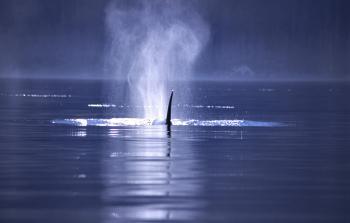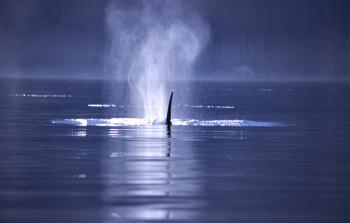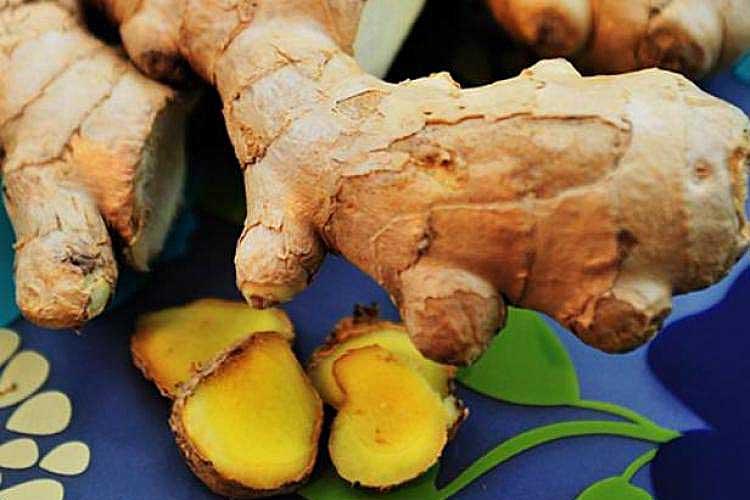VANCOUVER—Saving Luna is a heart-warming and tragic story of a wild baby killer whale whose creative ways of trying to make a social life for himself by relating with people drew worldwide attention.
The documentary, which opened recently in theatres across Canada, was filmed by Michael Parfit and his wife, Suzanne Chisholm. The couple first encountered Luna in 2004 while on assignment to feature the Orca in a magazine story.
Parfit and Chisholm were intrigued by the charming personality of the curious and desperately lonely killer whale, and ended up turning their three week stay into three years.
Orcas usually spend their entire lives together, but Luna somehow became separated from his family, winding up in Nootka Sound, a remote fjord on the west coast of Vancouver Island, in 2001.
Far from contact with his kin 200 miles away, he began to befriend the human population in the region, causing delight as well as concern with his habit of swimming right up to boats.
Officials, scientists, natives, and boaters all had different takes on Luna’s social activities.
The government viewed him as a potential danger, scientists discouraged any human contact with him, and fishermen considered him a pest. But others, including Parfit and Chisolm, saw Luna as a unique miraculous individual, while the local natives treasured him as the spirit of their ancestral chief.






